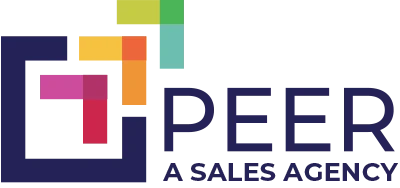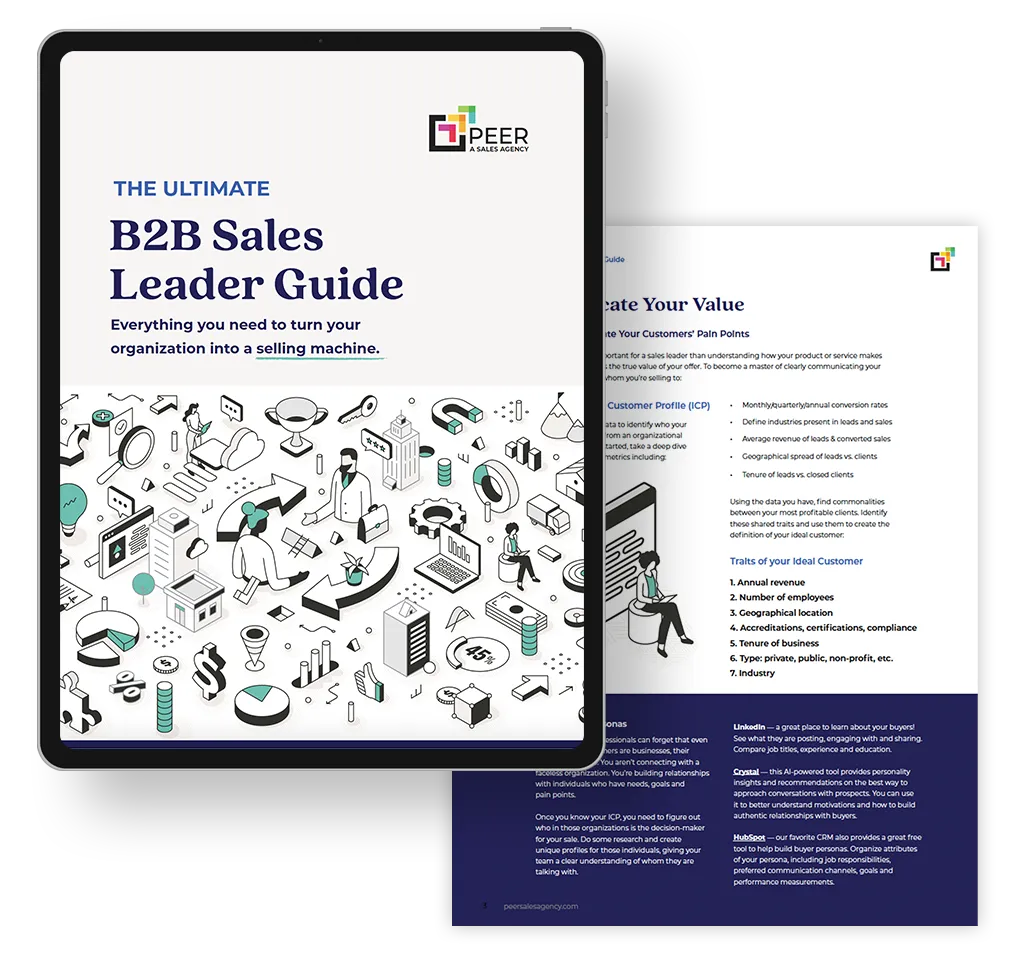Imagine a world where your sales efforts are hyper-focused. Where your CRM and lead gen teams are trained to refine prospect pools into those most likely to convert, saving sales teams immense amounts of time and energy qualifying leads.
By defining your Ideal Customer Profile (ICP), the sales mentality shifts from casting wide nets to targeting specific prospects who are in-market and in need of your offer. No matter how your sales funnel is designed, working the ICP into your prospecting efforts can boost conversion rates and elevate sales results.
Defining the Ideal Customer Profile
The ICP is not overly complicated but it remains a powerful tool in the sales strategy. Determining the criteria for your ICP (or multiple, if appropriate to fit each offer) is a process that requires some time and research.
Having a CRM loaded with data is extremely useful as you can quickly pinpoint trends in your existing customers or sales process. Startups and young businesses will find it more difficult to immediately define the ICP and it pays to experiment and iterate until the data accumulates to help guide the process.
With a little patience and the ability to dig through your CRM and understand where conversions are coming from and when, you can paint a clear picture of the Ideal Customer Profile for your business.
Distinguishing Buyer Personas from the Ideal Customer Profile
Buyer Personas and the ICP are often confused and in some organizations, they might be used interchangeably. However, they are different elements of a sales strategy, each serving a unique purpose.
Buyer personas are generally created to represent the individual people who buy or use your products and services.
It’s easy to see how this can lead to confusion in the B2B space where the buyer represents a business. Buyer personas are more prevalent in B2C marketing, but they also represent individual personalities in a B2B sales process. Remember, even in B2B we’re still, ultimately, selling to people.
Ideal Customer Profiles are less individualistic and are designed to represent the ideal businesses targeted in your sales process. Rather than “Bob the Builder” who has the buyer persona of a contractor shopping for bidding software, you have a full company profile with detailed filters that represent annual revenue, company size, product offering and other traits.
Step 1: Analyze Sales Data and Set Specific Goals for Your ICP
Before actually creating your ICP, work as a team to create goals and purpose for the process. What are you currently missing and where do you find time wasted in the sales process? Take a hard look at your existing data to understand where you stand and set goals accordingly.
To get started, take a deep dive into sales data with metrics including:
- Historic conversion rates while accounting for seasonality. Monthly, quarterly and annual conversion rates are ideal.
- Define the industries present in your leads and converted sales
- Quantify average revenue of leads and converted sales
- Look at the geographical spread of leads vs. clients
- Pay attention to the tenure of leads vs. closed clients
Feel free to expand on the data and include anything relevant. By making these assessments and laying out goals, you have a foundation for the creation and application of the ICP.
Here are a few common goals based on the ICP implementation for sales organizations. Feel free to create ultra-specific goals while tying them to revenue.
- Build several ICPs based on the data available
- Test them in real-world prospecting
- Analyze and increase conversion rates
- Get more bang for the buck by optimizing the process
- Identify new opportunities
Armed with this information, you are ready to refine the ICP and start testing these groups in the sales process.
Step 2: Implement Filters to Qualify Leads Based on Your ICP
Now that you understand the data and have a general idea of who is buying and who is passing, you can refine those filters to really narrow down the ICP. The exact filters chosen will vary based on the business model, niche and approach.
Common Filters Used to Define Your ICP include:
- Annual revenue
- Number of employees
- Geographical location
- Legal specifications (accreditations, certifications, compliance-based specs)
- Tenure of business
- Company type (private, public, non-profit, etc.)
Analyze your existing data to determine the commonalities in deals that are closing versus those not closing. Apply these filters to the prospecting process and the meetings you are pursuing become far more likely to close.
A Few Outliers to Keep in Mind:
The ICP can guide your lead generation process but numerous other elements still factor into the timing of contact and the approach for developing leads.
RFP Process Awareness – Although your ICP is set up, paying attention to RFP cycles and preparing to respond appropriately and on time is critical.
Business Development Reps – Connect with these reps to receive RFP alerts and to stay on the radar.
Average Deal Size – When creating an ICP, note the average deal size. Quantity of deals closed does not always determine the ICP. If you close a higher percentage of deals but they are small when compared to much larger revenue generators in a smaller subset, focusing on look-alikes to those high earners can have a positive impact on revenue.
Step 3: Put Your ICP to Work
Leverage qualified ICP leads in the sales funnel appropriately. Marketing Qualified Leads (MQL) enter the Awareness and Consideration phases before moving farther down the funnel and turning into Sales Qualified Leads (SQL). Learn more about the difference between MQL and SQL here.
Developing the ICP is important but it remains just one aspect of the bigger sales strategy. Narrow down the prospect pool using the ideal customer profile and put those prospects to work in your big-picture strategy to reach your goals set early in the process.
Have you defined your Ideal Customer Profile but aren’t sure how to get them into the sales funnel? Download our revenue generation strategy to see what an ideal pipeline looks like.




